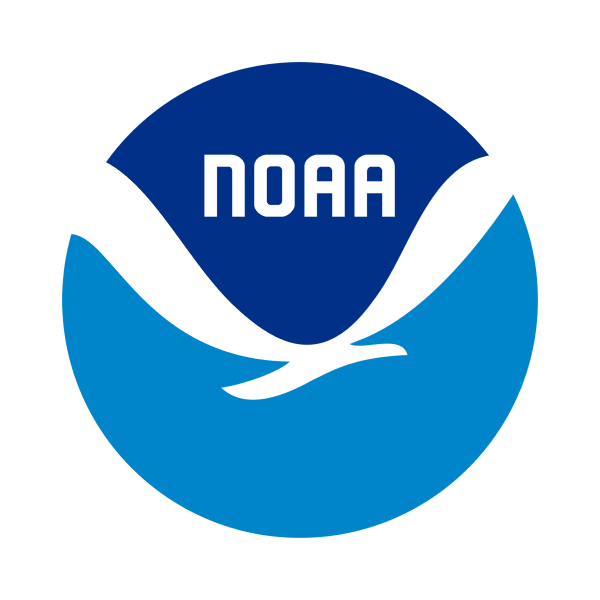The National Audubon Society and partners removed marine debris at-sea and on eight Maine Islands. They also studied the accumulation of debris on the islands.
Type of Project: Removal
Region: Northeast
Project Dates: September 2018 - December 2020
Who was involved?
With the support of the NOAA Marine Debris Program, the Seabird Restoration Program of the National Audubon Society worked on several Maine islands to remove marine debris and study the accumulation of debris on the islands. In partnership with the Gulf of Maine Lobster Foundation and local lobster fishermen, they also aimed to reduce the rate of accumulation through at-sea removal of derelict fishing gear.
What was the project and why is it important?
Maine islands support many species of breeding seabirds, including several species listed as endangered, threatened, and of special concern. The islands accumulate marine debris throughout the year, but especially during seasonal storms and high tides when debris, including derelict fishing gear, washes ashore. This derelict gear poses threats to the breeding birds who use the islands for nesting. Planning cleanup efforts on islands is logistically challenging as it requires the transport of debris to the mainland for disposal and recycling, and assistance from fishermen, island organizations, and volunteers. As such, island habitats sometimes have larger accumulations of marine debris than coastal beaches.
As part of this project, Audubon removed marine debris from the shorelines of Stratton Island, Bluff Island, Jenny Island, Pond Island National Wildlife Refuge, Outer Green Island, Seal Island National Wildlife Refuge, Matinicus Rock, and Eastern Egg Rock Island. They also organized community outreach events to educate coastal residents, including students, about marine debris and encouraged them to take steps to alleviate the problem.
What were the results?
This project removed 26,000 pounds of marine debris from 122 acres on the eight islands, including 755 lobster traps. Removal efforts at-sea collected approximately 12,000 pounds of debris, including 120 lobster traps and a large amount of rope. The most common types of debris removed were polystyrene, lobster buoys, plastic bottles, rope, and lobster traps. Other items included fishing gear, plastic bags, hard plastic, toys, balloons, metal, glass, rubber, and fiberglass. While the distribution of types of debris was similar across islands, items like balls and toys were more likely to wash up on Stratton and Pond Islands, which are located near the popular Old Orchard and Popham beaches.
An interpretive display made from marine debris collected at seabird-nesting islands was placed at the entrance to the Project Puffin Visitor Center in Rockland, Maine. Partners taught lessons to 30 classes in grades 2-5, at 10 schools, reaching 458 children. They also conducted four virtual community outreach programs through Mid-Coast Audubon and the University of Florida. Other programs took place in Cundy's Harbor, Bath, Bremen, Damariscotta, Rockland, and South Bristol, Maine.
For more information about this project, visit the Marine Debris Program Clearinghouse.
 An official website of the United States government.
An official website of the United States government. 
